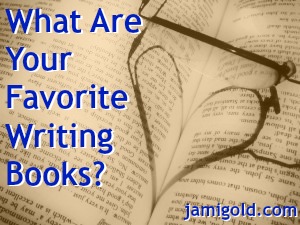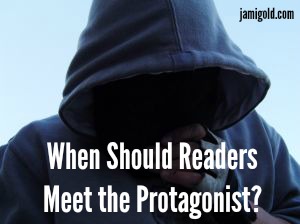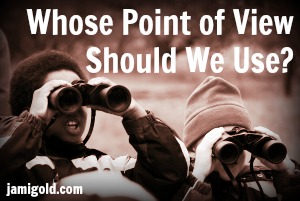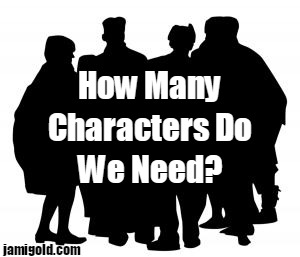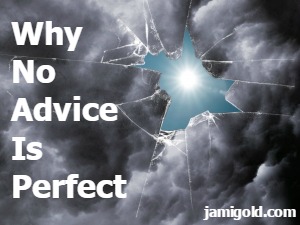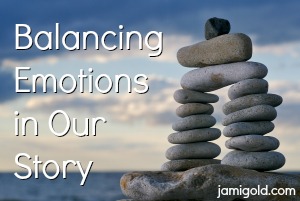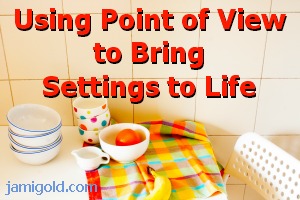I’ve added a page to my site to list my favorite writing craft and reference books. I’ve added several books that I thought of off the top of my head, but I know I’m forgetting a bunch too. So let me share the books I thought of, and let’s see what others have to add to the suggestions.
Pin It
Read More
Most stories open with the protagonist on page one, but every once in a while, our story seems to work best if we start with another character. If we understand why the protagonist usually works best as the point-of-view character for the first page, we might be able to remake those exceptions into stronger openings.
Pin It
Read More
Probably no one can claim to be an expert at making sure the cool character in our head makes it onto the page. We can only guess at how readers will interpret what we tell them. Advice can help us share our brain with our readers as much as possible, but the process will never—ever—be completely clean.
Pin It
Read More
Today’s Question: “How does one figure out which POVs to use and when? … How can I balance it out so that each character has their share of the novel without revealing too much or ruining the suspense?”
Pin It
Read More
Kim wants to know if there’s an optimal number of characters to include in a novel. That’s a great question because we want to hit the balance between the claustrophobia of too few characters and the confusion of too many characters.
Pin It
Read More
In the real world, the cause of something happens before the effect. But in writing, we can put words into any order we want, which might leave the reader confused. If they have to reverse events in their head, they’re probably no longer immersed in our story. Not good.
Pin It
Read More
There’s never going to be a ‘one size fits all’ guideline for any aspect of writing. Every story is different, so some advice doesn’t apply to us. What’s right for one genre might not be right for another genre. Ditto for the point of view of the story. Or the characters. Or the plot.
Pin It
Read More
The ability to manipulate our readers’ emotions is a good thing (as screwed up as that sounds). Storytelling and keeping readers’ interest often comes down to creating emotions in our readers. So let’s take a closer look at how we create emotions in our readers and how we find the right balance.
Pin It
Read More
The trick to sharing setting information (which our readers do need) without dragging down the pace is to write active descriptions. Active descriptions let the reader imagine the setting in their mind, keep them anchored in the story, and slip in information so seamlessly that they never realize they’re reading descriptions.
Pin It
Read More
I was going to rant about poor editing today, but I closed the wrong window in my computer and lost all 1000 words. *sigh* So I’ll try it again later when I’m not so sleep deprived from WANACon preparation. Instead, I’m revisiting a different topic today. We’ve heard the saying: Life […]
Pin It
Read More

